Pilot land-based grow-out trials demonstrate the potential for large-scale production of Agardhiella subulata and Halymenia hawaiiana
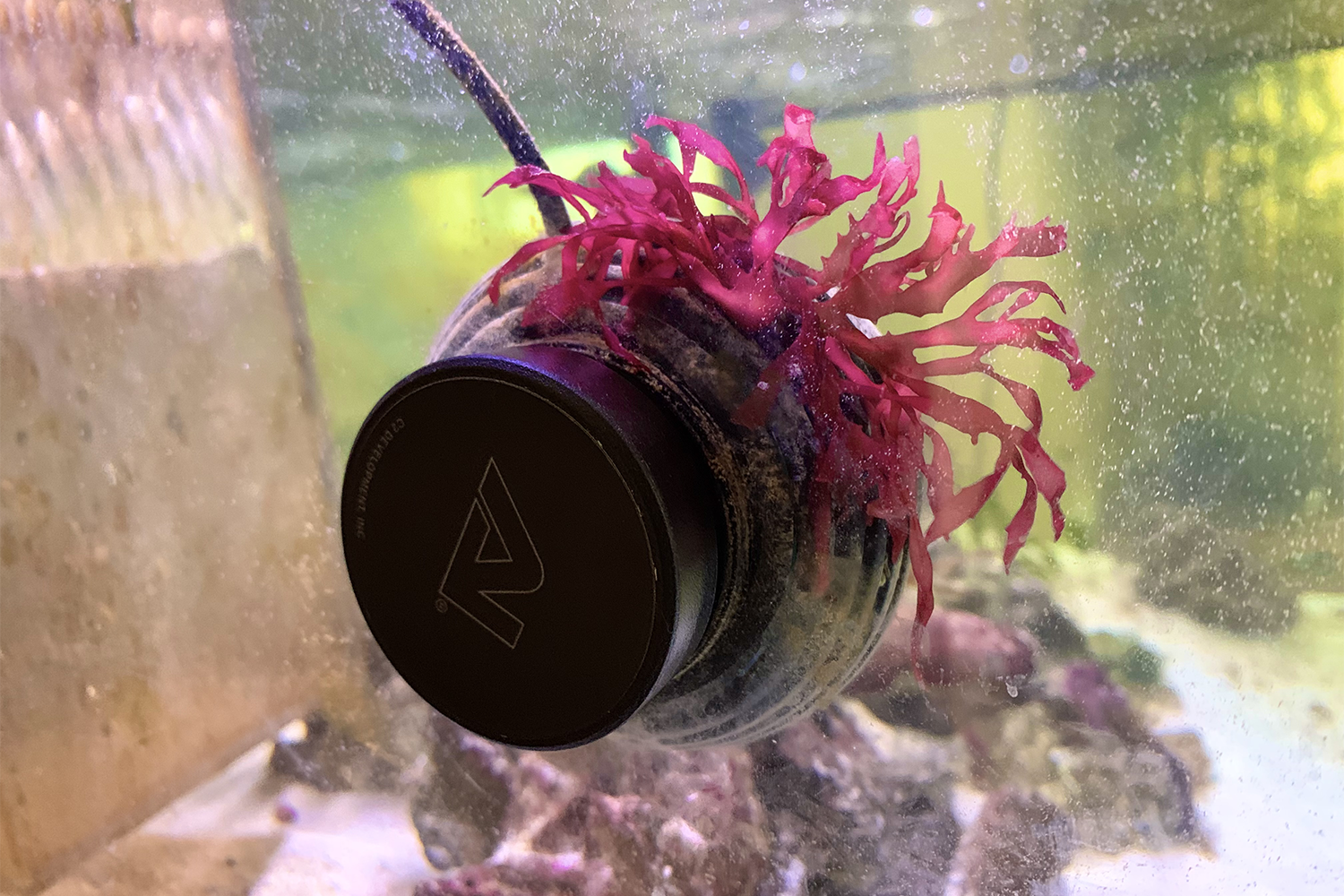
Macroalgae generate many valuable products with various applications such as food, nutraceuticals and pharmaceuticals as they contain various bioactive substances like polysaccharides, proteins, lipids and polyphenols with various properties including anticarcinogenic, antiviral, anti-inflammatory, antioxidant and anticoagulant activities.
Seaweed farming is gaining attention as a source of climate, environmental and socioeconomic solutions, ranging from carbon dioxide mitigation and nutrient filtration to being a source of renewable feedstock materials for food, feed and biofuel. Assuming the long-term growth rate reported from 2000–2018 of 6.2 percent per year, global seaweed aquaculture is expected to reach production rates of 252 million metric tons (fresh weight) by 2050.
Macroalgae aquaculture is an alternative to exploiting natural marine ecosystems for feedstuff. Land-based seaweed cultivation offers advantages in the production of high-value species over ocean-based farming with tighter control of biotic factors, including herbivory and disease, and abiotic factors, including optimized light, nutrient availability, seawater inputs and aeration. As biomass quality and productivity are highly dependent on the growing environment, seaweed farmers can reduce variability and obtain higher quantity and quality of targeted compounds in land-based systems, which is also important for product traceability and safety.
In addition to variation in yields, the biochemical composition of the biomass can vary seasonally even in land-based culture systems but potentially less in tropical environments with lower seasonal climatic fluctuations. The seaweed compositional profile (i.e., the respective protein, carbohydrate and lipid content of the harvested biomass) is important to predict and plan the route the biomass can take for either conversion or toward applications in the aquaculture sector.
The cultivation of macroalgae in tropical climates is primarily driven by the carrageenan industry (producing carrageenan, a complex sugar derived from red seaweeds), with the main focus on the red macroalgae Kappaphycus spp. and Eucheuma spp., while other species have been reported on with experimental trials only. Our study placed emphasis on two lesser-known species with promising commercial potential.
This article – summarized from the original publication (Augyte, S. et al. 2023. Tropical Red Macroalgae Cultivation with a Focus on Compositional Analysis. Plants 2023, 12(20), 3524) – reports on a study to demonstrate the productivity of two commercially important tropical red macroalgae: Agardhiella subulata and Halymenia hawaiiana.
Study setup
For the onshore cultivation and growth experiments at Ocean Era, Inc., at the Natural Energy Laboratory of Hawaii Authority (NELHA) facility, outdoor tanks were set up directly connected to a seawater supply system. The 340-L capacity tanks were filled to 300 liters with flow rates at 50 turnovers per day. Three separate trials set up for the tropical red macroalgae A. subulata and H. hawaiiana at varying levels of deep-seawater (DSW) additions ranging from 0 to 10 percent to test the effects of nutrient additions on productivity.
The seawater was continuously supplied from pipes connected to surface seawater (SSW) from the surface and deep seawater (DSW) pumped from pipes at 900 meters below the surface, with the nutrient composition of seawater continuously tested at the NELHA Water Quality Lab. The SSW is low in available nitrogen at 7.4 micrograms per liter (N/L), and the DSW has a high nutrient profile of 580.5 micrograms of nitrogen per liter, which could be supplemented to the tanks at various concentrations depending on experimental design.
For these trials, a 10 percent addition of DSW was added with the combined nitrogen available at 64.7 micrograms N/L, a 5 percent addition of DSW at 36.1 micrograms N/L, a 1 percent addition of DSW at 13.1 micrograms N/L, and the 0 percent DSW contained 7.39 micrograms N/L. All tanks were aerated through a single diffuser hose running along the center of the length of the tank.
For detailed information on the experimental design, data collection and analyses, refer to the original publication.
Results and discussion
The results of our pilot land-based grow-out trials demonstrate the potential for large-scale production of A. subulata and H. hawaiiana for feedstuff. Major findings indicate that nutrient additions had a significant effect on biomass production over time. A. subulata doubled its biomass when DSW additions were increased from 1 to 5 percent, while still maintaining its pigmentation, indicating it was no longer nitrogen-limited. We also confirmed that when the space limitation is removed and adequate nutrients are available, the macroalgae can reach growth rates of up to 26 percent.
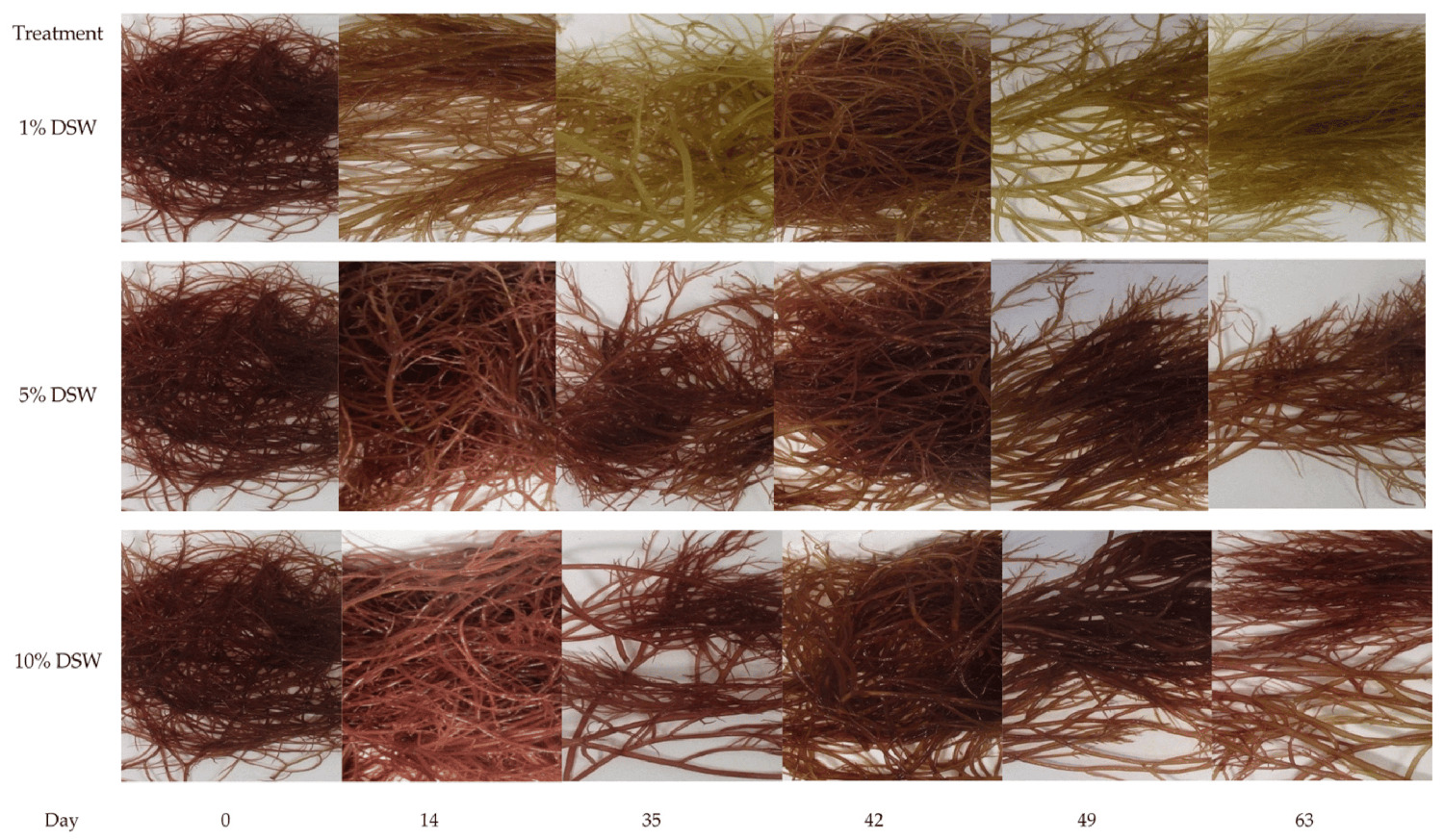
A rapid decrease in specific growth rates was observed as biomass increased in the tanks over time; therefore, developing a consistent harvesting strategy is recommended to avoid light, nutrient, and density limitations. In our study, A. subulata yields peaked at 247.5 grams (fresh weight) per square meter per day in the 10 percent DSW treatment with an average stocking density of 3.1 kilograms per square meter.
Primary productivity is typically limited in tropical, oligotrophic environments by low nutrient levels in coastal waters. Therefore, for successful cultivation of macroalgae in such nutrient-depleted environments, some form of external inputs is usually required and there are several studies documenting this successfully.
Through species selection and cultivation optimization, a land-based cultivation system could be developed to produce macroalgal biomass at rates far exceeding terrestrial crop production. With a measured 20–30 percent carbon content of the dry weight biomass (or 30–40 percent on an ash-free basis) for both species tested, the production translates to an almost 1:1 carbon dioxide capture to biomass ratio; large-scale deployment opportunities exist for carbon capture from naturally dissolved inorganic carbon in seawater.
Effect of water depth on growth of the macroalgae Ulva lactuca in a biofloc system
The compositional fingerprint and high carbohydrate content of Agardhiella make for an attractive feedstock for downstream conversion to bioenergy (e.g., fermentation to ethanol) and feedstuff. The measured monosaccharide profile of the detected carbohydrates in Halymenia (at more than 60 percent of the ash-free organics) indicates easily fermentable sugars dominate the profile (e.g., glucose and galactose) and thus a path to ethanol or other, ideally more carbon-efficient, fermentation-derived products may be feasible.
Our cultivation system presents an opportunity for generating a carbon-neutral crop with significant organic and inorganic carbon capture potential. Based on the large-scale deployment, the intensive land-based cultivation can create 18–20 tons per acre direct carbon capture potential, far exceeding that of terrestrial net ecosystem productivities. Typical terrestrial (conventional) corn farming yields approximately 4.5 tons per acre per year (or just over 1.1 tons per square meter annually).
The selection of macroalgal species plays a crucial role in determining the success of product development. It is equally important to consider factors such as yield potential and adaptability to cultivation conditions to ensure economic viability for farmers. With a sustained effort on scaling and deploying seaweed farming technologies to large-scale onshore and ultimately offshore farms, economic opportunities can be achieved for underrepresented communities. In particular, it has been noted that to meet global sustainability goals, novel, carbon-negative biomass sources such as these attractive seaweed sources described in this study will become needed solutions.
Perspectives
Our study is a novel approach for intensive onshore tropical seaweed cultivation of Halymenia and Agardhiella using an innovative nutrient delivery cultivation tank cascade based on deep seawater supplementation. The fast growth rates translate to yield and productivity rates that exceed terrestrial agriculture net ecosystem productivities and thus present a carbon-neutral biomass source while simultaneously providing an attractive, carbohydrate-rich biomass for high-value applications.
Follow-up trials are recommended to examine the effects of slight decreases in temperature coupled with nutrient inputs on growth and to assess temperature impact considering that DSW is cooler than surface seawater. Additional trials examining other highly productive tropical species with commercial potential are warranted.
Now that you've reached the end of the article ...
… please consider supporting GSA’s mission to advance responsible seafood practices through education, advocacy and third-party assurances. The Advocate aims to document the evolution of responsible seafood practices and share the expansive knowledge of our vast network of contributors.
By becoming a Global Seafood Alliance member, you’re ensuring that all of the pre-competitive work we do through member benefits, resources and events can continue. Individual membership costs just $50 a year.
Not a GSA member? Join us.
Author
-
Simona Augyte, Ph.D.
Corresponding author
Ocean Era, Inc., Kailua-Kona, HI 96740, USA[109,111,99,46,108,105,97,109,103,64,97,110,111,109,105,115,46,101,116,121,103,117,97]
Tagged With
Related Posts
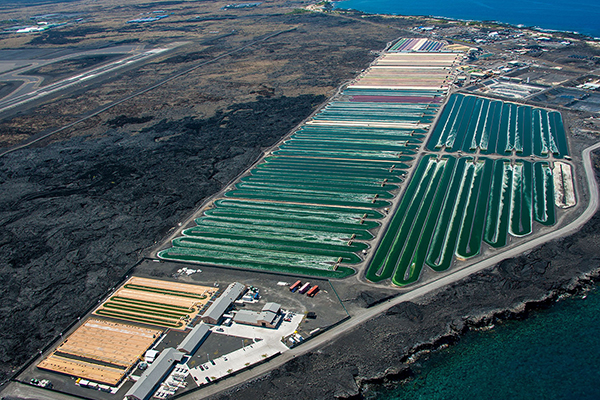
Responsibility
A circular economy approach to transform the future of marine aquaculture
Marine microalgae-based aquaculture has the potential to provide greater than 100 percent of global protein demand by 2050.
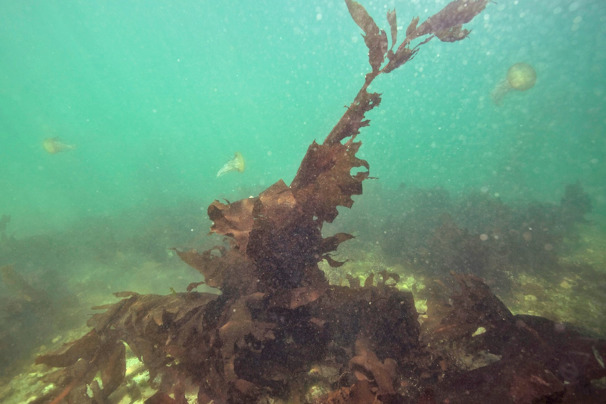
Aquafeeds
Assessing the effect of four macroalgae inclusions in diets of Pacific white shrimp
Evaluating macroalgae inclusions in L. vannamei diets show improved growth and intestinal microbiota and prevention of oxidative damage.
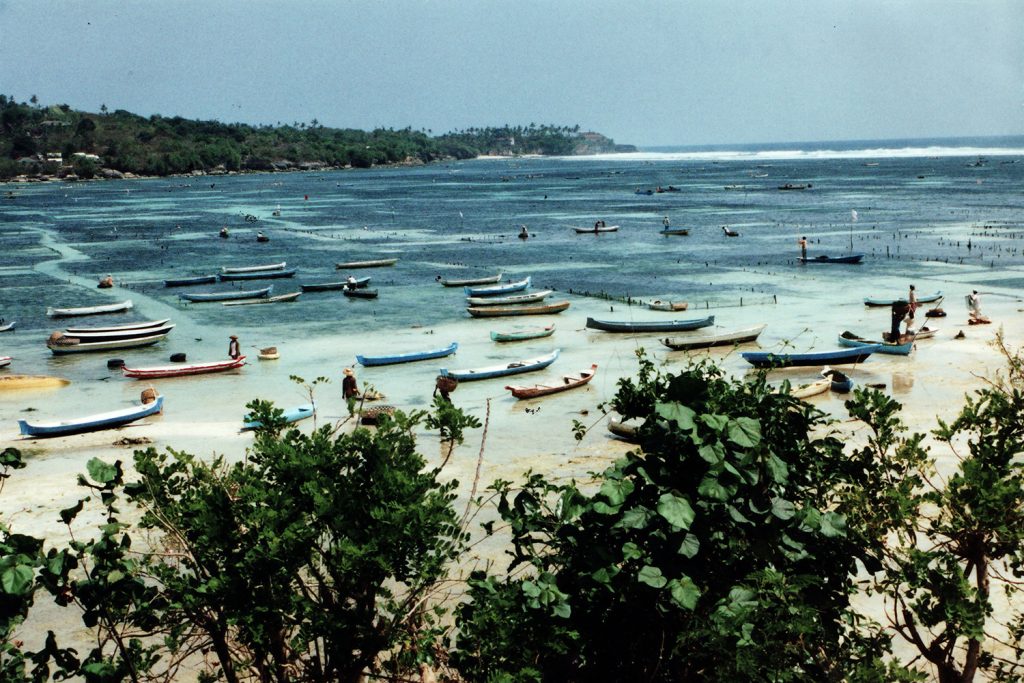
Responsibility
Macroalgae aquaculture as a potential carbon dioxide removal strategy
Macroalgae aquaculture has benefits but improvements are needed in monitoring, reporting, verification standards and carbon uptake assessments.
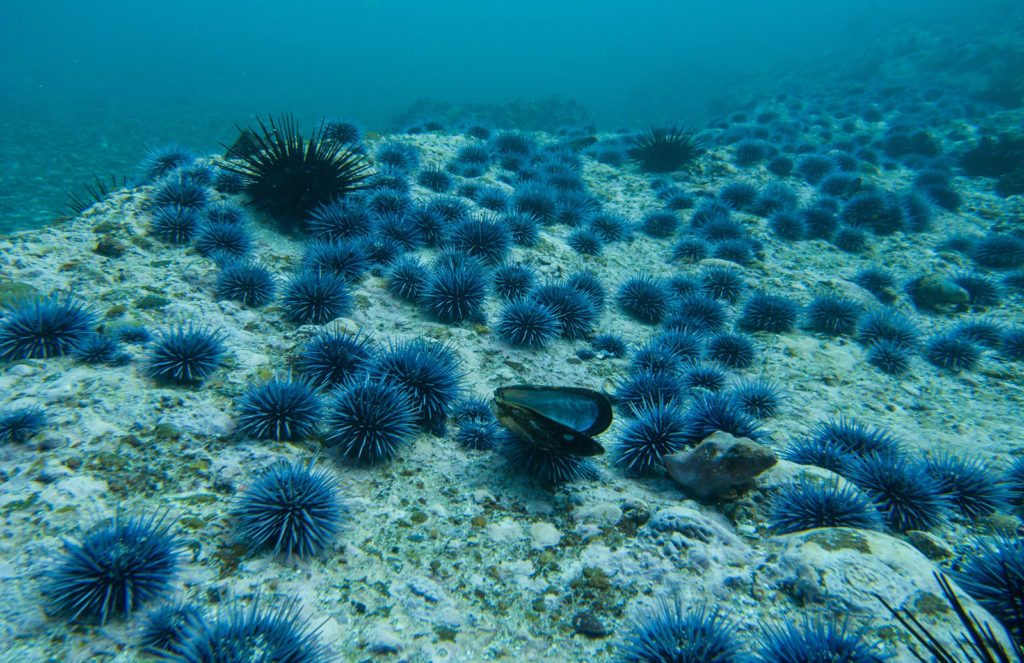
Responsibility
Can ranching ‘zombie urchins’ boost uni, save kelp forests?
With Norwegian knowledge and a partnership with Mitsubishi, Urchinomics aims to turn worthless empty urchins into valuable seafood while restoring kelp forests and creating jobs.



